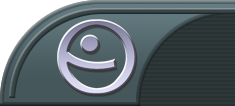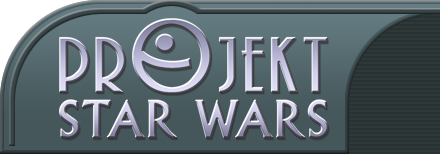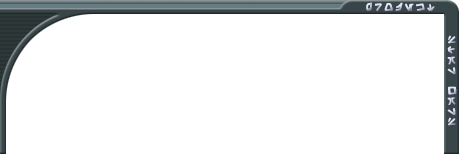so, hab jetzt nochmal wookiepedia zu rate gezogen und siehe da, man erfährt doch so ziemlich einiges über den kanon und die damit zusammenhängende hierarchie... obacht, ich zitiere:
"In 2000, Lucas Licensing (Anmerkung des Verfassers: wohl eine offizielle Unternehmung von GL und von daher ausreichend legitimiert, wie ich finde

) appointed Leland Chee to create a continuity-tracking database referred to as the Holocron continuity database. The Holocron follows the canon policy that has been in effect for years, but the capabilities of database software allow for each element of a story, rather than the stories themselves, to be classified on their own merits.
The Holocron's database includes an area for a single-letter (G, T, C, S or N) representing the level of canonicity of that element; these letters have since informally been applied to the levels of canon themselves: G-canon, T-canon, C-canon, S-canon and N-canon. As part of his work with the Holocron, Chee was responsible for the creation of this classification, and he spent the early stages developing and refining them into what they are today.
G, T, C and S together form the overall Star Wars continuity. Each ascending level typically overrides the lower ones; for example, Boba Fett's back story was radically altered with the release of Star Wars Episode II: Attack of the Clones, forcing the retcon of older source material to fall in line with the new G-canon back story. However, this is not always absolute, and the resolution of all contradictions are handled on a case-by-case basis.
G-canon is George Lucas Canon; the six Episodes and anything directly provided to Lucas Licensing by Lucas (including unpublished production notes from him or his production department that are never seen by the public). Elements originating with Lucas in the movie novelizations, reference books, and other sources are also G-canon, though anything created by the authors of those sources is C-canon. When the matter of changes between movie versions arises, the most recently released editions are deemed superior to older ones, as they correct mistakes, improve consistency between the two trilogies, and express Lucas's current vision of the Star Wars universe most closely. The deleted scenes included on the DVDs are also considered G-canon (when they're not in conflict with the movie).
T-canon, or Television Canon, refers to the canon level comprising the feature film Star Wars: The Clone Wars and the two television shows Star Wars: The Clone Wars and the Star Wars live-action TV series. It was devised recently in order to define a status above the C-Level canon, as confirmed by Chee.
C-canon is Continuity Canon, consisting of all recent works (and many older works) released under the name of Star Wars: books, comics, games, cartoons, non-theatrical films, and more. Games are a special case, as generally only the stories are C-canon, while things like stats and gameplay may not be; they also offer non-canonical options to the player, such as choosing female gender for a canonically male character. C-canon elements have been known to appear in the movies, thus making them G-canon; examples include the name "Coruscant," swoop bikes, Quinlan Vos, Aayla Secura, YT-2400 freighters and Action VI transports.
S-canon is Secondary Canon; the materials are available to be used or ignored as needed by current authors. This includes mostly older works, such as much of the Marvel Star Wars comics, that predate a consistent effort to maintain continuity; it also contains certain elements of a few otherwise N-canon stories, and other things that "may not fit just right." Many formerly S-canon elements have been elevated to C-canon through their inclusion in more recent works by continuity-minded authors, while many other older works (such as The Han Solo Adventures) were accounted for in continuity from the start despite their age, and thus were always C-canon.
N is Non-Canon. What-if stories (such as stories published under the Infinities label) and anything else directly and irreconcilably contradicted by higher canon ends up here. N is the only level that is not considered canon by Lucasfilm. Information cut from canon, deleted scenes, or from canceled Star Wars works falls into this category as well, unless another canonical work references it and it is declared canon."






 Nein, doch lieber nur drei. Aber drei mehr sind vielleicht doch noch besser.
Nein, doch lieber nur drei. Aber drei mehr sind vielleicht doch noch besser.  "
"



 .
.